This post may include affiliate links.
If you make a purchase, I'll earn a small fee at no extra cost to you.
A tomato hornworm infestation is a common problem for vegetable gardeners. These pests can do serious damage to your tomato plants, but there are several ways you can prevent and eliminate tomato hornworms naturally.
What is a Tomato Hornworm?
A tomato hornworm (Manduca quinquemaculata) is a large green caterpillar. They’re not often out in the daytime, but if you wake up to tomato plants with shredded leaves and damaged fruit, tomato hornworms are a likely culprit. These caterpillars will eventually become adult moths (often called a hummingbird moth, sphinx moth, or hawk moth).
How to Identify a Tomato Hornworm
Tomato hornworms are the exact shade of green as tomato foliage, with white stripes on their sides and a black horn on their rear end. This horn is often mistaken for a stinger, but it’s harmless. As they grow, they can become rather large in size. You might notice them hiding on the underside of the leaves of your tomato plants during the day.
Life Cycle
It’s important to understand the tomato hornworm life cycle to learn how to prevent them from taking over your home garden.
Laying Eggs
Adult moths (the final stage of the tomato hornworm life cycle) lay eggs on the underside of host plant leaves. Females only lay a few eggs per plant, but they can lay between 1000-2000 total eggs in their lifetime (yikes!).
Larval Stage
Larvae are also known as tomato caterpillars. These are the hornworms that will eat up your plant. They focus mostly on leaves and will sometimes eat the tomato fruit as well. They don’t bore holes into the fruit, but instead eat mostly from the surface. This leaves the fruit vulnerable to rot and other problems.
Pupal Stage
Once the caterpillar is full grown, it becomes a pupa. The pupae drop from the tomato plants and overwinter in the soil. There they’ll form a cocoon and become the adult moths that will emerge next season. If you’re digging up the soil and find one of these, crush it.
Adult Stage
When the tomato hornworms finally emerge from the ground, they are adult moths who will live for several weeks. They have a 4-5 inch wingspan and long mouthparts that help them drink nectar from plants (because of this and the way they fly, they’re often called hummingbird moths). The moths don’t harm tomato plants and can actually be beneficial to pollination – but they will also lay the eggs that eventually hatch into tomato destroyers.
FAQs About Tomato Hornworms
Learning about tomato hornworms is a great way to understand this pest and the potential damage they can do. Here are a few commonly asked questions about tomato hornworms:
Do Tomato Hornworms Only Eat Tomatoes?
Mostly, yes. You might also catch them eating other vegetables in the Solanaceae (nightshade) family, like peppers, eggplants, and potatoes. There are also tobacco hornworms (Manduca sexta) that feed on tobacco plants.
What Does Tomato Hornworm Damage Look Like?
If you notice extensive damage to your tomato leaves, especially damage done overnight, it’s likely tomato hornworms. You might also see black “crumbs” on tomato leaves, which is hornworm poop. They can also eat the tomato fruit, but they don’t bore into the fruit like other pests. Instead, you’ll see lots of surface damage on your tomatoes.
Are Tomato Hornworms Poisonous?
Well, this one is a bit complicated. Hornworms don’t bite or sting (good to know). Their horns pose no danger and they are safe to hold.
They are NOT poisonous to human beings. But with animals, it’s a different story. Because these hornworms ingest certain toxins, they can be poisonous to some animals. Here are a few different species and how hornworms affect them:
- Dogs: poisonous
- Cats: poisonous
- Chickens: poisonous
- Reptiles: not typically poisonous, but they should eat hornworms live and not too many of them
- Fish: not typically poisonous, but they should not eat too many
- Ducks: not poisonous to ducks
- Birds: not poisonous to wild birds
My turtle loves hornworms, although I try to find them when they’re smaller than this!
Where Do Tomato Hornworms Go During the Day?
During the hotter daytime hours, tomato hornworms hide on the underside of leaves and behind inner stems of tomato plants. They come out in the cool hours between dusk and dawn to feed on leaves and tomatoes.
Do Birds Eat Tomato Hornworms?
Many wild birds prefer to eat caterpillars during breeding season and also to feed their young. This sounds like natural pest control, but there’s one small problem: many of these birds might also eat your tomato fruit. So it’s a toss up whether or not this is a good thing.
How to Eliminate Tomato Hornworms Naturally
How do you get rid of tomato hornworms in your garden? Prevention is one of the best ways to deal with these pests, but there are also a few things you can do to get rid of an active infestation.
Till Your Garden in the Fall and Spring
A good tilling is the best way to prevent future tomato hornworm infestations. Tilling brings the cocoons up to the surface of the soil where birds and the elements will take care of the rest. It’s best to give your garden a thorough tilling in both the fall after harvest and in the spring before planting. I like my Mantis electric tiller because it’s lightweight and easy to use.
Remove Them by Hand
This method might not be fun, but it’s surprisingly effective. It’s also pretty easy to accomplish since these pests are large enough to easily grab. Feed them to ducks, lizards, or large fish if you have them. Or you can squish them or drop them in a bucket of soapy water.
Companion Planting
Companion plants can repel the moths that lay the hornworm eggs and also attract beneficial insects that are predators for the tomato hornworm. Good companion plants to prevent hornworms include:
- Borage
- Dill
- Marigolds
- Parsley
- Mustard
Cayenne Spray
Using a mixture of cayenne pepper, soap, and water, you can make an effective natural spray that helps get rid of tomato hornworms. The only hassle is you have to use it pretty often (like several times a week) in order for it to work. Here’s the recipe for cayenne spray:
- Add ½ teaspoon of cayenne pepper to 2 cups water. Or you can use 1 ounce of hot sauce per 2 cups of water.
- Add 1-2 teaspoons of natural liquid soap (Dr. Bronner’s is a good one to use – especially the peppermint one since peppermint can also repel bugs).
- Shake the mixture gently and let steep overnight before use.
- Use several times a week (especially after rain). Spray both the top and underside of leaves.
Try Natural Insecticidal Soap Spray or BTK Spray
If you’ve got a pretty good infestation on your hands, insecticidal soap spray is a good choice to try before resorting to chemical sprays. Insecticidal soap is designed with plant oils to repel bugs of all kinds. It’s an option with very low toxicity.
You can also use BTK spray to get rid of tomato hornworms. This stands for Bacillus thuringiensis var. kurstaki, which is a biological insecticide specific to caterpillars. You may need several applications, because the hornworms must eat the insecticide for it to work. It’s safe to use on edible plants.
Biological Controls
Warning: this sounds like something out of a horror movie, so read with caution. Parasitic braconid wasps (Cotesia congregatus), will lay eggs inside the body of the caterpillar. These larvae feed on the living hornworm and spin cocoons on the hornworm’s back that look like grains of rice. If you see a hornworm with these coccons, don’t pick or destroy it.
When It’s Time for the Big Guns
If your tomato plants are taking serious damage and you can’t seem to make any progress with natural methods–it’s ok. It happens. Although it should be a last resort and used sparingly, sometimes a chemical insecticide (especially one designed for caterpillars) will clear up an infestation enough to then be controlled by natural methods.
My goal will always be to rely mostly on non-toxic methods, but sometimes the home garden pushes the limits of what nature can handle. If you use a chemical insecticide briefly to get the problem under control, you can then go back to natural methods for maintenance.
A note for chemical insecticides: since these are not non-toxic, don’t use them within 3-7 days of harvesting.
Love these tips for getting rid of tomato hornworms? Share this post with your fellow gardeners!

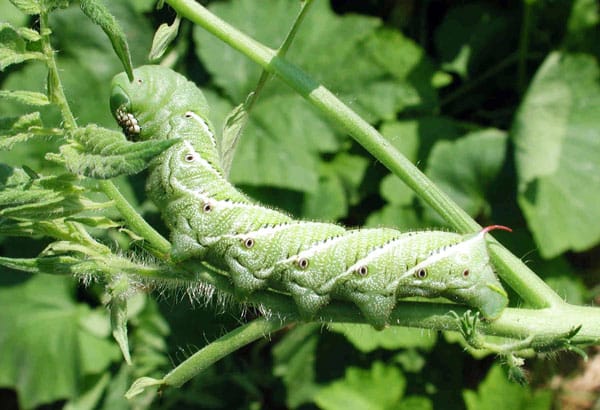
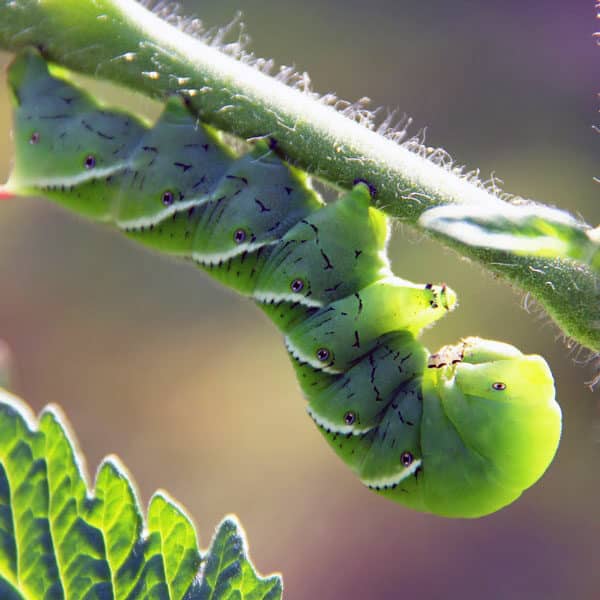
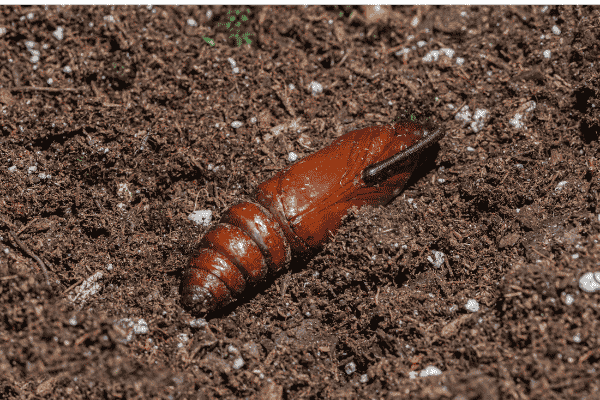
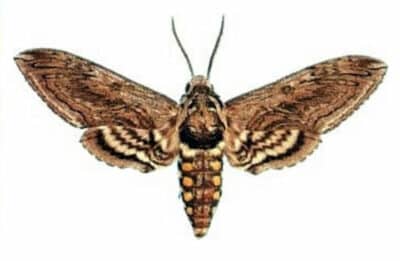

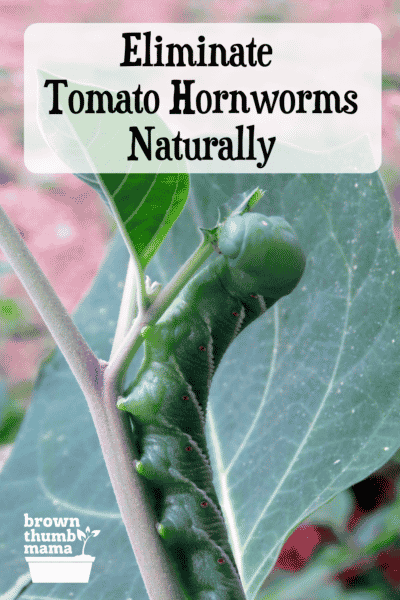

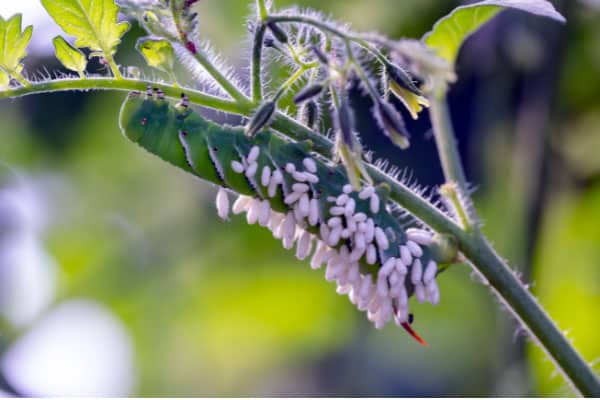
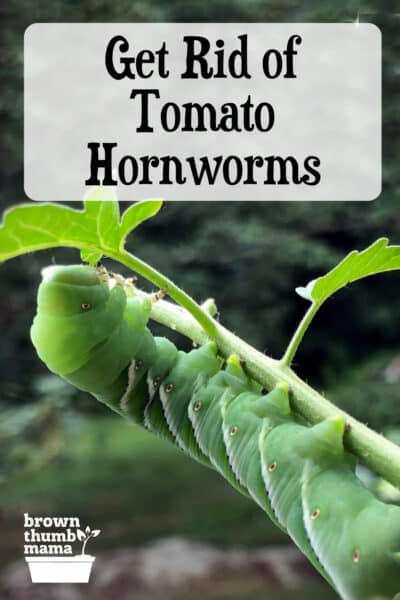


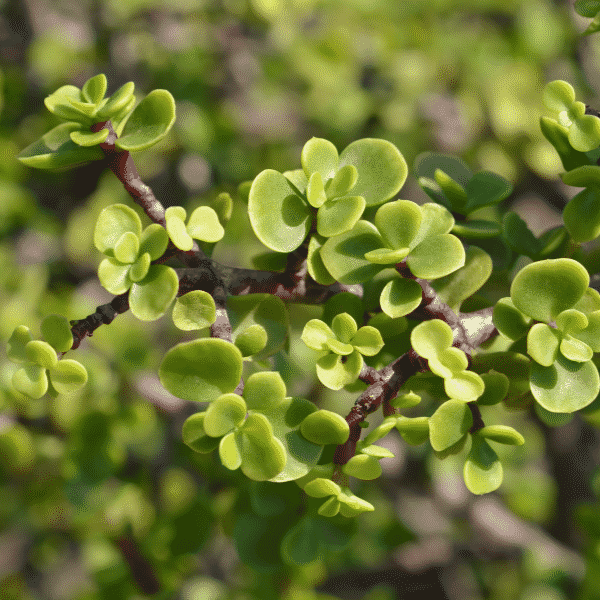
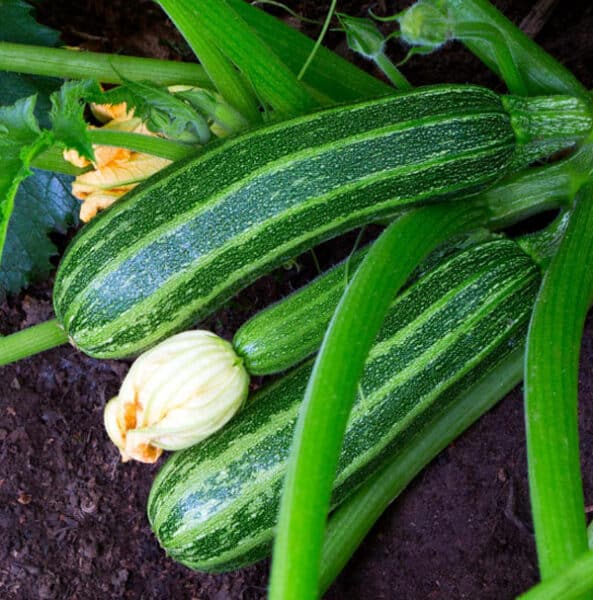
By eliminating the hornworms you also eliminate the moth. Haven’t we killed off enough species in the last 100 years without killing the moths, too?
From now on I will be planting 2 extra tomato plants just for the hornworms. I gave them 2 plants this year that I was going to dig up anyway.
These caterpillars develop into hummingbird moths, sphinx moths or hawk moths.
I value life more than I value a plant. I can always plant an extra tomato or 2 to save a valuable life.
I had one of these huge catapillars take out my bell pepper plant. My bell pepper plant was healthy, thriving and had fruit growing on it. I had 2 marigold plants around it and they died because of the heat.
This thing started with the leaves and then ate the fruit. I had this pepper plant for two years and it was taken by this thing! I threw pot, plant and bug in the garbage. I didn’t keep any part of it. My tomatoes are covered with a mesh cover and I have another pepper plant I moved to a different area (back patio, the first one was on my front porch) and it is doing well, in the shade, in spite of the 100’s temperatures.
You said “don’t pick or destroy” the worms with rice on their backs. Then what? Hand over your tomato plants? What does the wasp cocoons have to do with tomato worms eating your plants?
Ummmm, I feed tomato hornworms to my chickens and guineas. Should I stop doing this? Do you know the effects of the poison on chickens? I assume my birds eat what is safe and avoid what is poisonous (eg. they don’t eat all shiny beetles, but they absolutely love Japanese rose beetles).
“If you’re digging up the soil and find one of these, crush it.” At this point, the caterpillar is no longer a danger to your plant, so why kill it? Why can’t you just move it somewhere else? The moths are pollinators after all and pollinators are in short supply these days. BTW: I’ve read the these caterpillars will eat other plants besides tomatoes. So instead of killing them, why not move them to another plant that they eat? It annoys me that most people’s first impulse is to kill everything.
Second, BT can kill a lot of other caterpillars besides hornworms, including Monarchs whose numbers have dropped dramatically. Part of the cause of their mass demise is the seemingly endless use of pesticides. I used to raise Monarchs every year as they passed thru Houston. So many die even when you are doing everything to right to save them, so it is extremely discouraging to hear people recommend spreading BT in their yards/gardens knowing that it can spread and kill other caterpillars like the Monarchs.
I know! Everyone always want to kill everything… I noticed people didn’t want to come over anymore because my pet roaches were multiplying… I know that’s why they don’t want to come over… But family is family and we got no right to be killin’em!